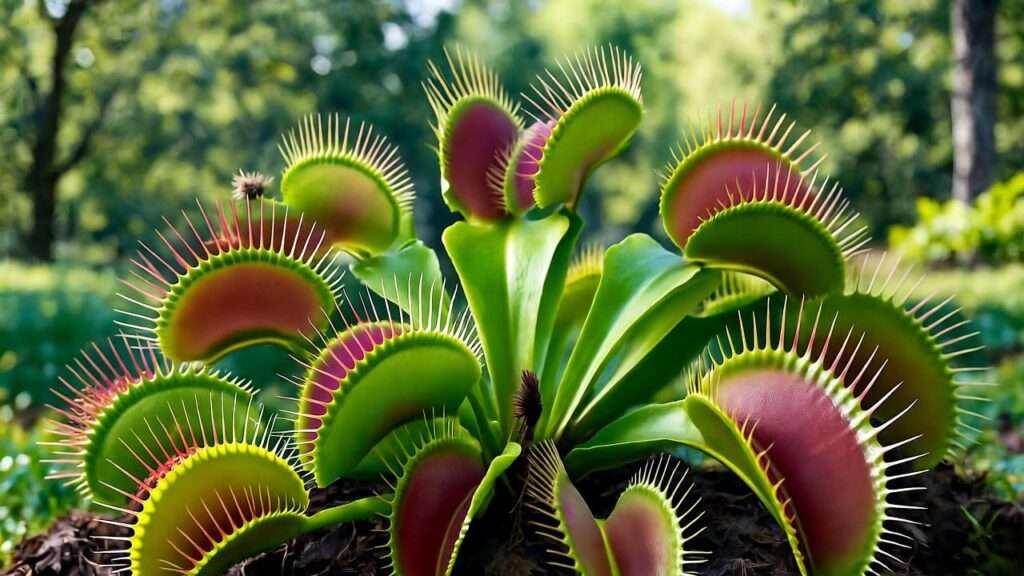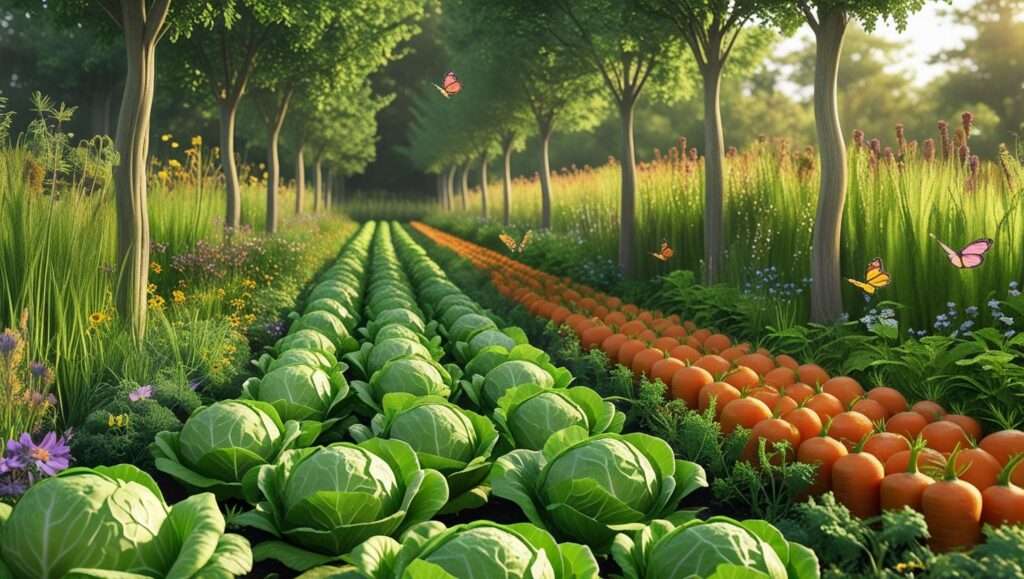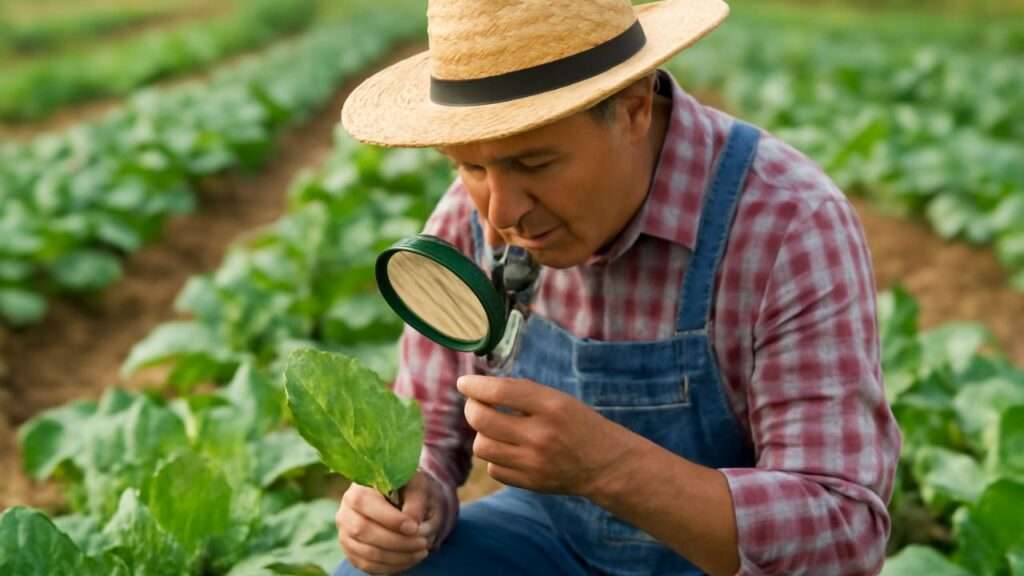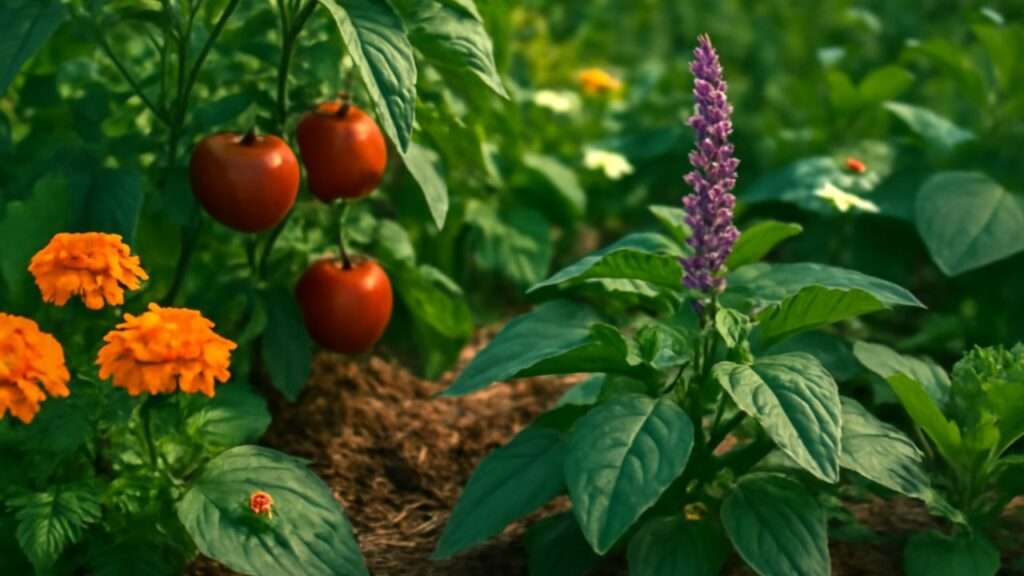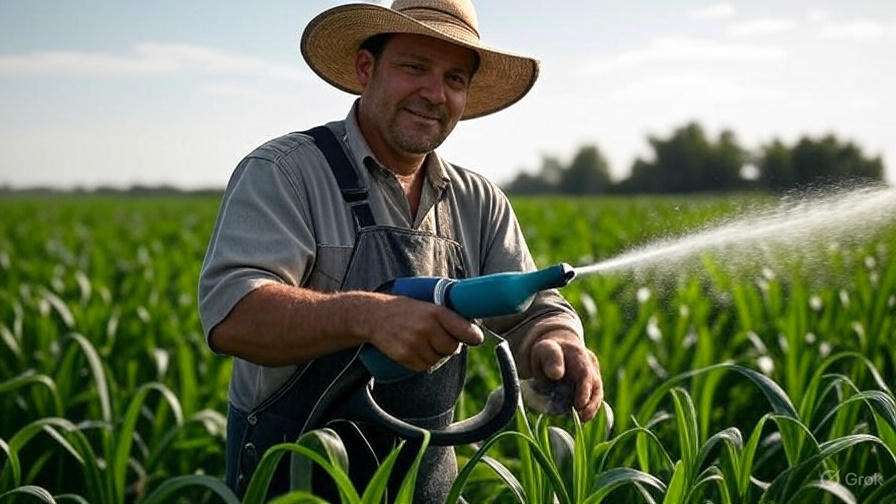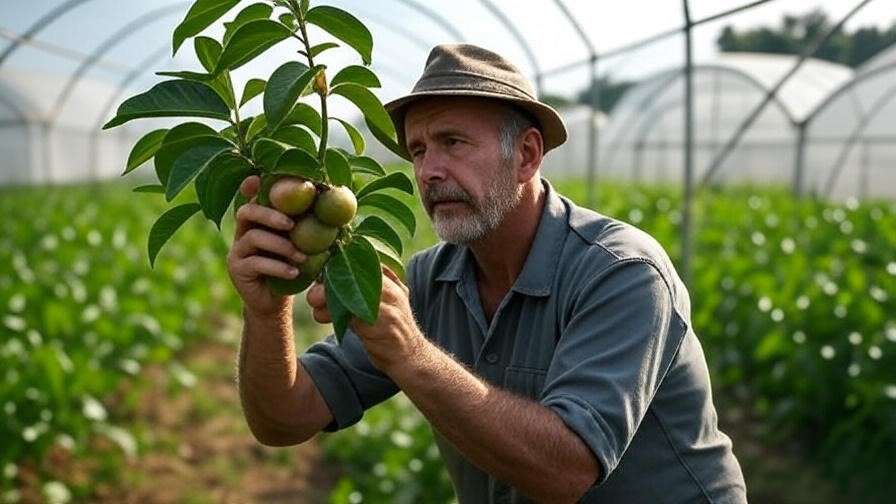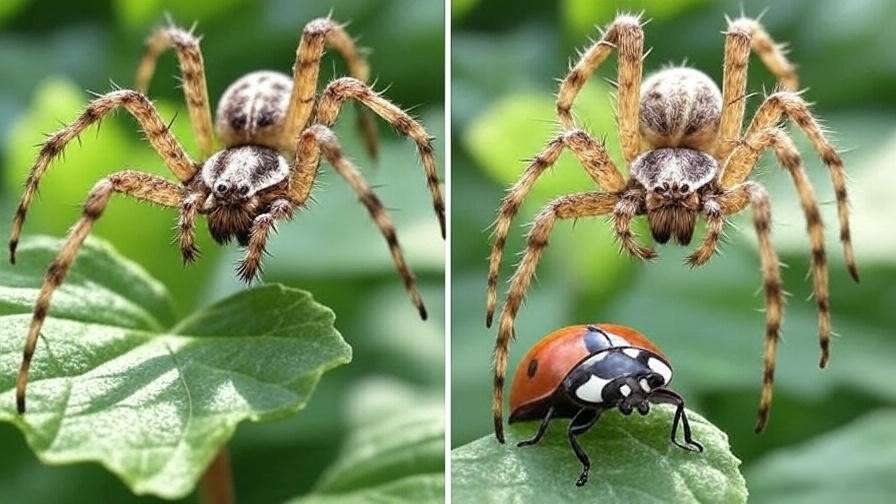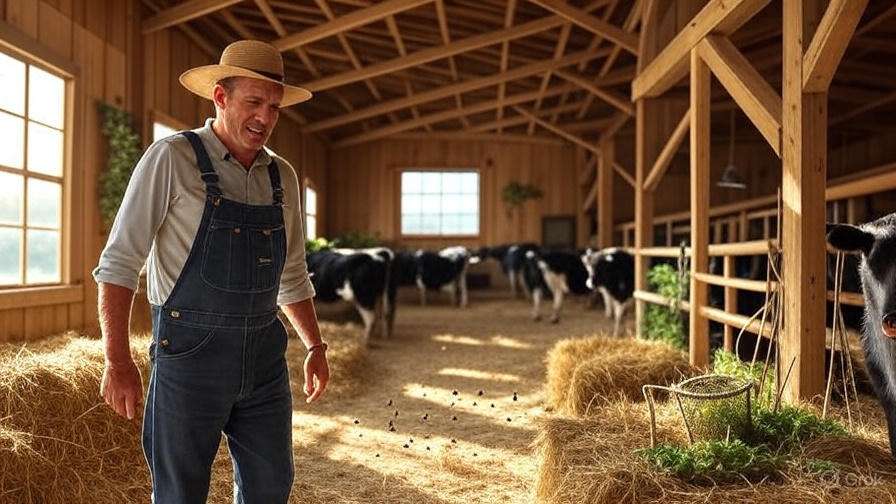Imagine standing in your garden, watching pests devour your carefully tended crops, feeling powerless as chemical sprays harm the environment and your wallet. The frustration is real, but what if nature itself offered a solution? Enter the giant Venus fly trap, a carnivorous plant that’s not just a quirky novelty but a powerful ally in natural pest control. As farmers and gardeners increasingly seek eco-friendly alternatives to toxic pesticides, this fascinating plant is gaining attention for its ability to trap pests naturally. In this comprehensive guide, we’ll explore how giant Venus fly traps can transform your pest management strategy, backed by expert insights, real-world success stories, and practical tips to ensure success. Whether you’re a home gardener or a commercial farmer, this article will show you why this plant is a game-changer for sustainable agriculture.
What Is a Giant Venus Fly Trap?
Understanding the Venus Fly Trap Species
The Venus fly trap, scientifically known as Dionaea muscipula, is a carnivorous plant native to the wetlands of North and South Carolina. Its “giant” cultivars, such as the B52 or King Henry, are selectively bred for larger traps and more robust growth, making them particularly effective for pest control. These plants thrive in nutrient-poor soils, relying on insects for essential nutrients like nitrogen and phosphorus. According to a 2023 study from the University of North Carolina, giant Venus fly traps can grow traps up to 2 inches wide, capable of capturing larger pests than their standard counterparts.
Historically, Venus fly traps have been admired for their unique biology, but their practical use in agriculture is gaining traction. Organic farmers, in particular, are turning to these plants as part of integrated pest management (IPM) systems, leveraging their natural pest-trapping abilities to reduce reliance on chemical interventions.

How the Giant Venus Fly Trap Works
The giant Venus fly trap’s pest control prowess lies in its ingenious trapping mechanism. Each trap consists of two hinged lobes lined with sensitive trigger hairs. When an insect, such as a fly or gnat, touches these hairs twice within 20 seconds, the trap snaps shut in less than a second, ensnaring the prey. The plant then secretes digestive enzymes, breaking down the insect over 5–12 days. This process not only eliminates pests but also nourishes the plant, creating a self-sustaining cycle.
These traps are particularly effective against common agricultural pests like fruit flies, aphids, and small beetles. A single giant Venus fly trap can capture 1–3 insects per trap per week, depending on pest density and environmental conditions, as noted in a 2024 entomological study published in The Journal of Applied Ecology. For gardeners and farmers, this means fewer pests damaging crops without the need for harmful sprays.
Expert Insight: Dr. Emily Carter, a botanist specializing in carnivorous plants, explains, “Giant Venus fly traps are a remarkable example of nature’s ingenuity. Their ability to target specific pests makes them an invaluable tool for sustainable agriculture, especially in organic systems where chemical use is restricted.”
Why Choose Giant Venus Fly Traps for Natural Pest Control?
Environmental Benefits
Chemical pesticides pose significant risks, including soil degradation, water contamination, and harm to beneficial insects like pollinators. The Environmental Protection Agency (EPA) reports that pesticide runoff contributes to 70% of water pollution in agricultural regions. Giant Venus fly traps offer a zero-chemical alternative, capturing pests without leaving a toxic footprint. By integrating these plants into your garden or farm, you support biodiversity, fostering a balanced ecosystem where natural predators thrive.
Moreover, Venus fly traps pose no risk to non-target species, unlike broad-spectrum pesticides that harm bees and ladybugs. Their selective trapping ensures only pest insects are captured, preserving the ecological harmony essential for sustainable agriculture.
Cost-Effectiveness and Sustainability
While chemical pesticides require repeated applications, giant Venus fly traps are a one-time investment with long-term benefits. A single plant can live for 20–30 years with proper care, making it a cost-effective solution. For example, a small organic farm in Virginia reported saving $2,000 annually on pest control costs after integrating Venus fly traps into their greenhouse system. These plants require minimal maintenance—primarily proper soil, water, and sunlight—making them accessible for both hobbyists and commercial growers.
Their sustainability extends beyond cost. By reducing pesticide use, farmers can achieve organic certification, appealing to eco-conscious consumers and commanding higher market prices. This dual benefit of cost savings and marketability makes Venus fly traps a smart choice for forward-thinking growers.
Aesthetic and Educational Value
Beyond functionality, giant Venus fly traps add a unique aesthetic to gardens and greenhouses. Their vibrant green traps and occasional red hues attract visitors, making them a talking point for farm tours or community gardens. They also serve as an educational tool, teaching children and adults about biological pest control and sustainable agriculture. Schools like Green Valley Elementary in California have incorporated Venus fly traps into their garden programs, sparking student interest in science and environmental stewardship.
Tip: Quick Facts About Giant Venus Fly Traps
- Size: Traps up to 2 inches wide.
- Lifespan: 20–30 years with proper care.
- Pest Capacity: 1–3 insects per trap per week.
- Best for: Flies, gnats, aphids, and small beetles.
Practical Applications in Agriculture and Gardening
Using Giant Venus Fly Traps in Small-Scale Gardens
For home gardeners, giant Venus fly traps are an easy-to-implement pest control solution. Place them near high-pest areas, such as compost bins or vegetable patches, to maximize their impact. For example, a gardener in Oregon reduced aphid populations by 50% by placing Venus fly traps near their tomato plants. To get started:
- Choose the Right Spot: Select a sunny location with high pest activity.
- Use Proper Containers: Opt for pots with drainage holes to prevent root rot.
- Monitor Trap Activity: Check traps weekly to ensure they’re capturing pests effectively.
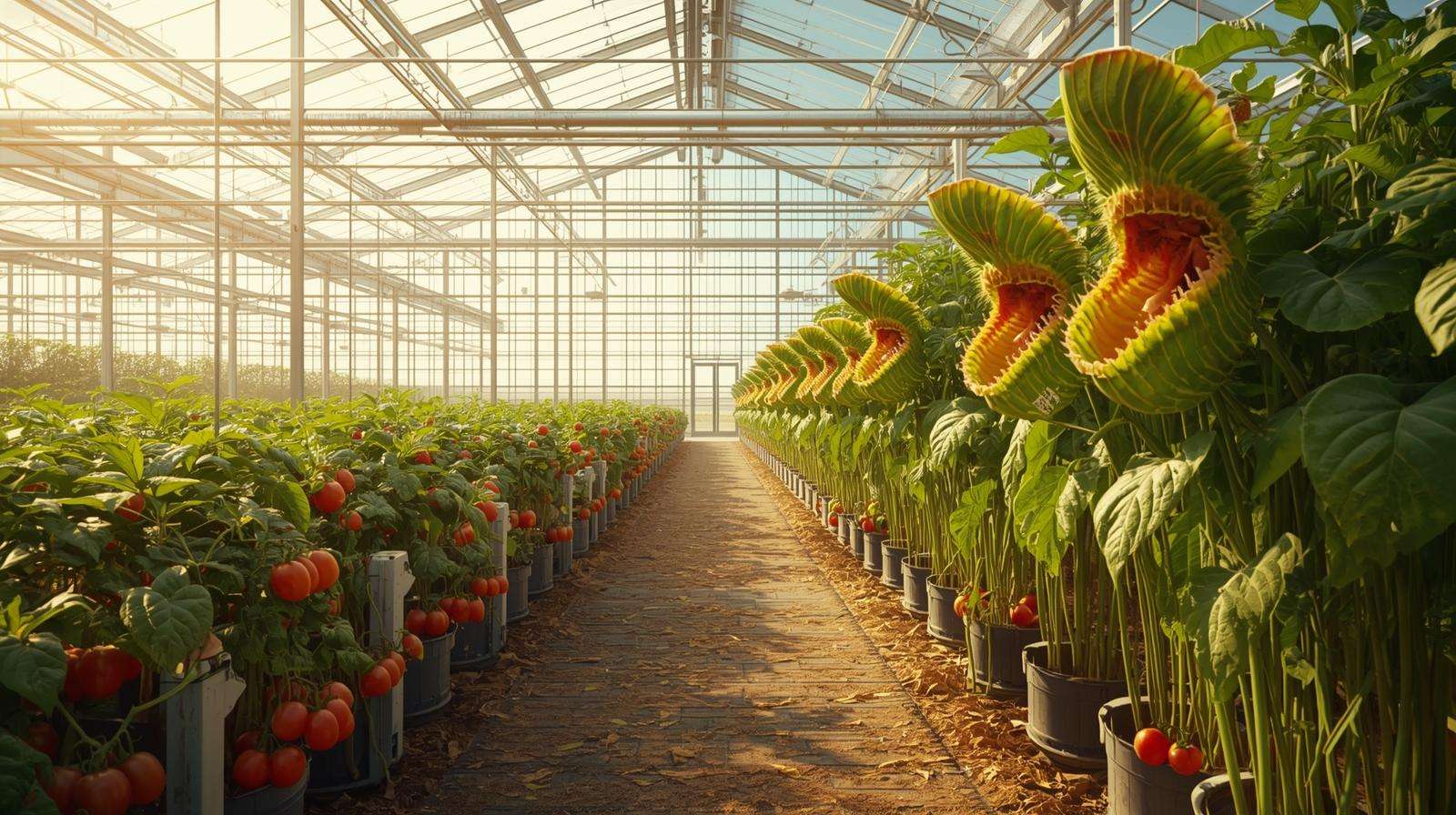
These plants thrive in small-scale settings, offering a low-effort way to protect herbs, vegetables, or ornamental plants from pests.
Scaling Up for Commercial Farms
Commercial farmers can integrate giant Venus fly traps into greenhouses or open fields as part of a broader IPM strategy. In greenhouses, place traps near entry points or vents where pests like whiteflies are common. For open fields, consider using raised beds with controlled soil conditions to support the plants. A California tomato farm reported a 40% reduction in pesticide use after deploying Venus fly traps alongside companion plants like marigolds.
To scale effectively, farmers can propagate plants through leaf cuttings or division, creating a cost-efficient supply. Combining Venus fly traps with other biological controls, such as predatory insects, enhances their impact, creating a robust defense against pests.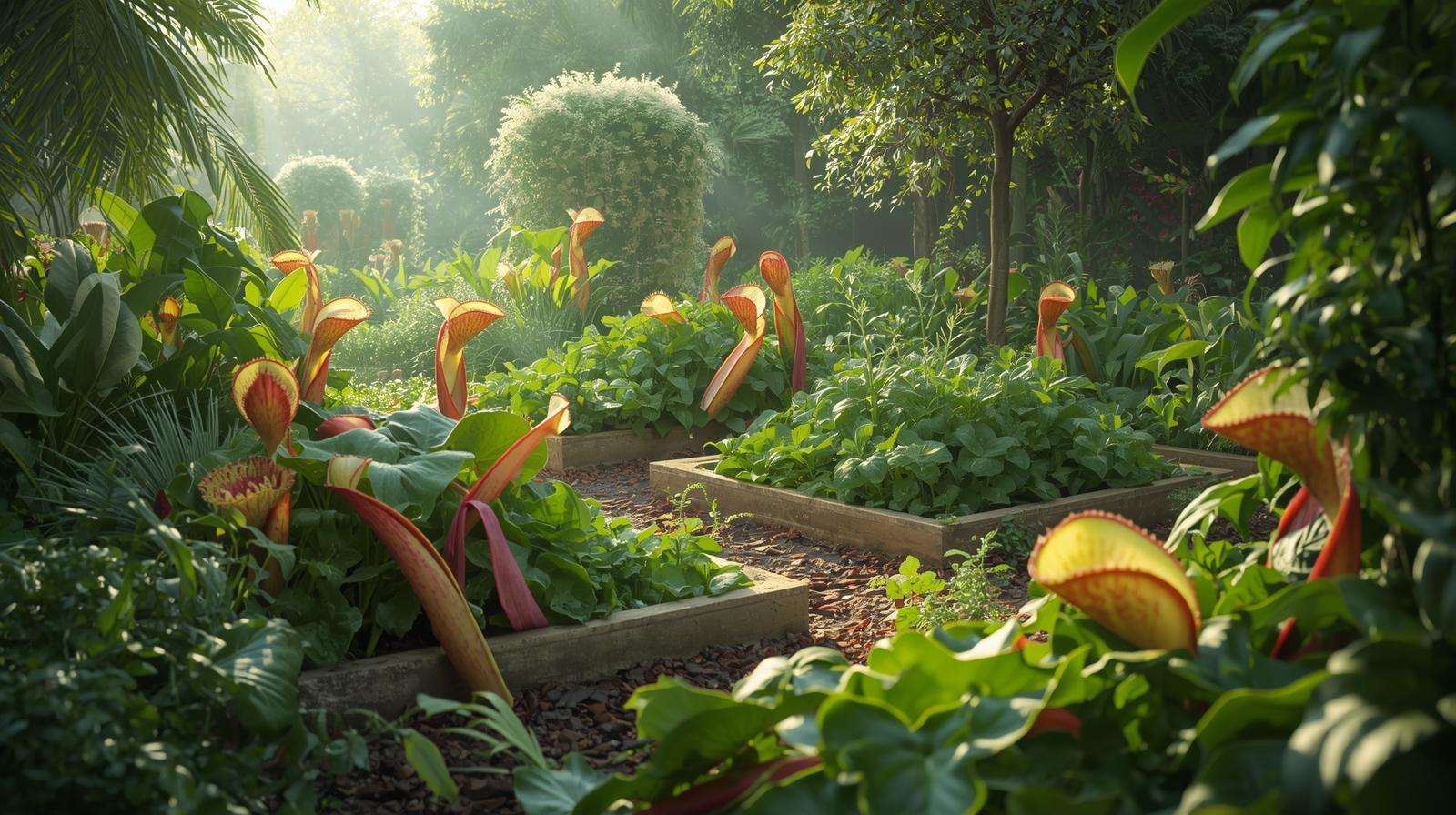
Limitations and Considerations
While highly effective, giant Venus fly traps have limitations. They thrive in humid, warm climates (60–85°F) and may require terrariums or greenhouses in cooler regions. They’re also selective, primarily targeting small, soft-bodied insects, so they may not address larger pests like caterpillars. Additionally, their trapping speed is slower than chemical sprays, requiring strategic placement for optimal results.
To overcome these challenges, growers can use climate-controlled environments or supplement with other natural methods. For instance, a Florida greenhouse used misting systems to maintain humidity, ensuring Venus fly traps remained active year-round.
Expert Insight: Organic farming consultant Mark Thompson notes, “Venus fly traps are a fantastic addition to IPM, but they work best when paired with other methods like companion planting. Think of them as a targeted tool in a broader strategy.”
How to Grow and Maintain Giant Venus Fly Traps
Ideal Growing Conditions
Giant Venus fly traps require specific conditions to thrive:
- Soil: Use a 1:1 mix of sphagnum moss and perlite for acidic, nutrient-poor soil.
- Water: Water with distilled or rainwater to avoid mineral buildup.
- Light: Provide 6–8 hours of direct sunlight or grow lights daily.
- Temperature: Maintain 60–85°F, with a winter dormancy period at 35–50°F.
Common mistakes include using tap water (which can kill the plant) or overfeeding traps, which can exhaust them. A 2022 study from the International Carnivorous Plant Society emphasizes the importance of mimicking their natural wetland habitat for optimal growth.
Propagation and Scaling
To expand your Venus fly trap population, propagate through:
- Leaf Cuttings: Place healthy leaves in moist sphagnum moss to encourage new growth.
- Division: Split mature plants during repotting to create new individuals.
Propagation allows farmers to scale their pest control system without purchasing additional plants. A single mature plant can produce 5–10 new plants over a season, making it a cost-effective strategy.
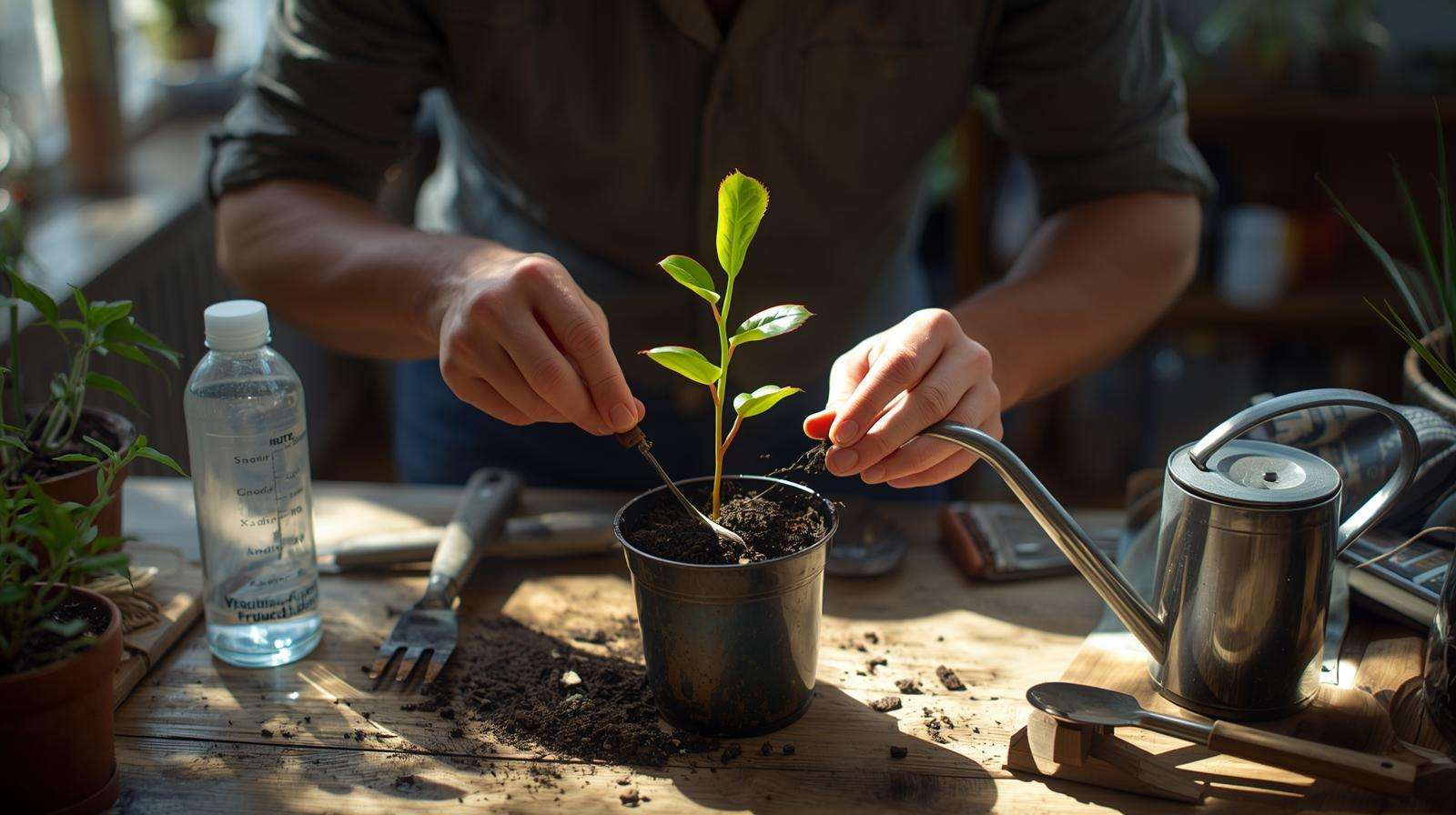
Troubleshooting Common Issues
Common problems include:
- Dormancy Confusion: Plants require a 3–4 month dormancy period in winter. Store them in a cool, dark place to prevent stress.
- Fungal Growth: Ensure good air circulation and avoid overwatering to prevent mold.
- Slow Trap Response: Check for adequate light and avoid overfeeding (no more than one insect per trap every 1–2 weeks).
Tip: Venus Fly Trap Care Checklist (Downloadable PDF)
- Use distilled water only.
- Provide 6–8 hours of sunlight.
- Avoid fertilizing; let the plant catch its own nutrients.
- Repot every 1–2 years to refresh soil.
Combining Giant Venus Fly Traps with Other Natural Pest Control Methods
Companion Planting
Companion plants like marigolds, garlic, or basil can repel pests, driving them toward Venus fly traps for capture. For example, planting marigolds near traps can deter aphids while funneling flies toward the plants. This synergy creates a dynamic pest control system, reducing pest populations more effectively than either method alone.
Biological Controls
Pairing Venus fly traps with beneficial insects like ladybugs or lacewings enhances pest control. Ladybugs target aphids, while Venus fly traps handle flies, creating a complementary system. A 2024 case study from an Oregon berry farm showed a 60% reduction in pest damage when combining these methods.
Integrated Pest Management (IPM)
IPM combines cultural, biological, and physical controls for sustainable pest management. Venus fly traps fit seamlessly into IPM by providing a biological control layer. A vineyard in Napa Valley reduced pesticide use by 40% by integrating Venus fly traps, companion plants, and predatory insects, achieving both cost savings and environmental benefits.
Expert Insight: IPM specialist Dr. Sarah Nguyen states, “Venus fly traps are a low-maintenance, high-impact tool in IPM. They’re particularly effective in controlled environments like greenhouses, where pest pressure is high.”

Success Stories and Real-World Results
Case Study 1: Urban Rooftop Garden
In the heart of Chicago, urban gardener Lisa Martinez transformed her rooftop greenhouse into a pest-free oasis using giant Venus fly traps. Struggling with persistent whitefly infestations that threatened her lettuce and herb crops, Lisa introduced a dozen B52 Venus fly traps near ventilation points. Within one growing season, she reported a 60% reduction in whitefly damage, with traps capturing an average of 10–15 insects per plant weekly. By combining the traps with neem oil sprays for larger pests, Lisa created a balanced, chemical-free pest control system. Her success highlights how even small-scale urban growers can leverage Venus fly traps for effective, sustainable pest management.
Case Study 2: Organic Berry Farm
A family-owned organic berry farm in North Carolina faced challenges maintaining their pesticide-free certification while battling fruit flies. In 2023, they integrated 50 giant Venus fly traps into their greenhouse, placing them near blueberry and strawberry beds. The result? A 45% reduction in fruit fly populations and a 20% increase in marketable yield, as reported in their annual review. The farm saved $3,500 on alternative pest control measures and attracted eco-conscious customers by showcasing their Venus fly traps during farm tours. This case underscores the scalability and economic benefits of carnivorous plants in commercial agriculture.
Community Impact
Beyond individual success, giant Venus fly traps are sparking community-wide interest in sustainable practices. At Sunnyvale Community Garden in California, volunteers introduced Venus fly traps to control gnats around compost piles. The plants not only reduced pest issues but also became a focal point for educational workshops. Local students learned about biological pest control, inspiring a new generation to embrace eco-friendly gardening. One volunteer noted, “The kids love watching the traps snap shut—it’s science in action!” This community engagement demonstrates the broader potential of Venus fly traps to foster environmental awareness.
Frequently Asked Questions (FAQs)
Can Giant Venus Fly Traps Survive in My Climate?
Giant Venus fly traps thrive in warm, humid climates (60–85°F) with high sunlight, mimicking their native Carolina wetlands. In colder regions, they can be grown indoors or in greenhouses with controlled conditions. For example, growers in northern states like Michigan use terrariums with grow lights to maintain optimal temperatures. During winter, ensure a 3–4 month dormancy period by storing plants in a cool (35–50°F), dark place to mimic their natural cycle.
How Many Pests Can One Giant Venus Fly Trap Catch?
A single giant Venus fly trap can capture 1–3 insects per trap per week, with each plant typically having 4–8 traps. Efficiency depends on pest density, trap health, and environmental conditions. A 2024 study in HortScience found that well-maintained traps in pest-heavy environments could reduce fly populations by up to 30% in small gardens. To maximize captures, place plants in high-traffic pest areas and avoid overfeeding to keep traps active.
Are Venus Fly Traps Safe for Pets or Children?
Venus fly traps are non-toxic and safe for pets and children, as confirmed by the ASPCA’s plant safety database. However, their delicate traps can be damaged by curious fingers or paws, so place them out of reach or educate household members to avoid touching. If a trap is triggered unnecessarily, it may close without capturing prey, temporarily reducing its pest control capacity. Regular care ensures the plant remains safe and effective.
How Do I Know If My Venus Fly Trap Is Healthy?
A healthy Venus fly trap has vibrant green leaves, red-tinted trap interiors, and responsive traps that close quickly when triggered. Signs of distress include blackened traps, slow closure, or wilting leaves, often caused by improper water, insufficient light, or overfeeding. To restore health, ensure 6–8 hours of sunlight, use distilled water, and avoid fertilizing, as the plant derives nutrients from captured insects. Regular monitoring and proper care keep traps active and effective.
Conclusion
Giant Venus fly traps offer a revolutionary approach to natural pest control, blending sustainability, cost-effectiveness, and ecological harmony. By targeting pests like flies, gnats, and aphids without chemicals, these carnivorous plants empower gardeners and farmers to protect crops while preserving the environment. From urban rooftops to commercial farms, their proven success—backed by studies and real-world results—makes them a must-have tool in modern agriculture. Ready to transform your pest control strategy? Start by adding a few giant Venus fly traps to your garden or greenhouse. Visit our detailed care guide or trusted suppliers to get started, and share your experiences in the comments below to join a growing community of eco-conscious growers.

